Gynecologic ultrasound primer: How not to miss the diagnosis
An expert in ultrasonography offers a five-step approach to using imaging effectively to deliver high-quality patient care.
Illustration by Alexandra Webber Baker, DNA Illustrations Inc. Click here to see more of her work.
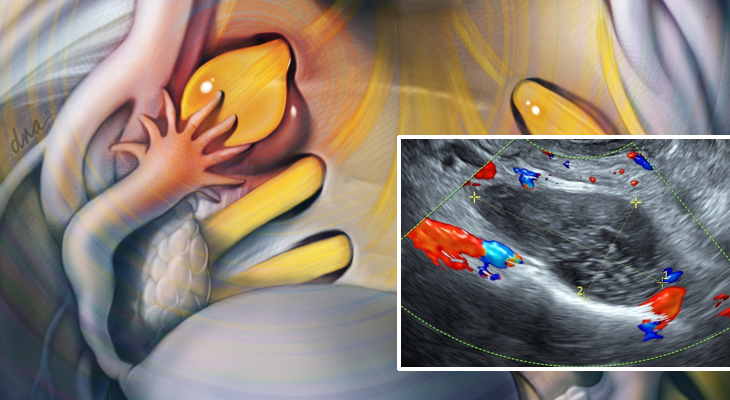
Beryl R. Benacerraf, MD

Figure 1
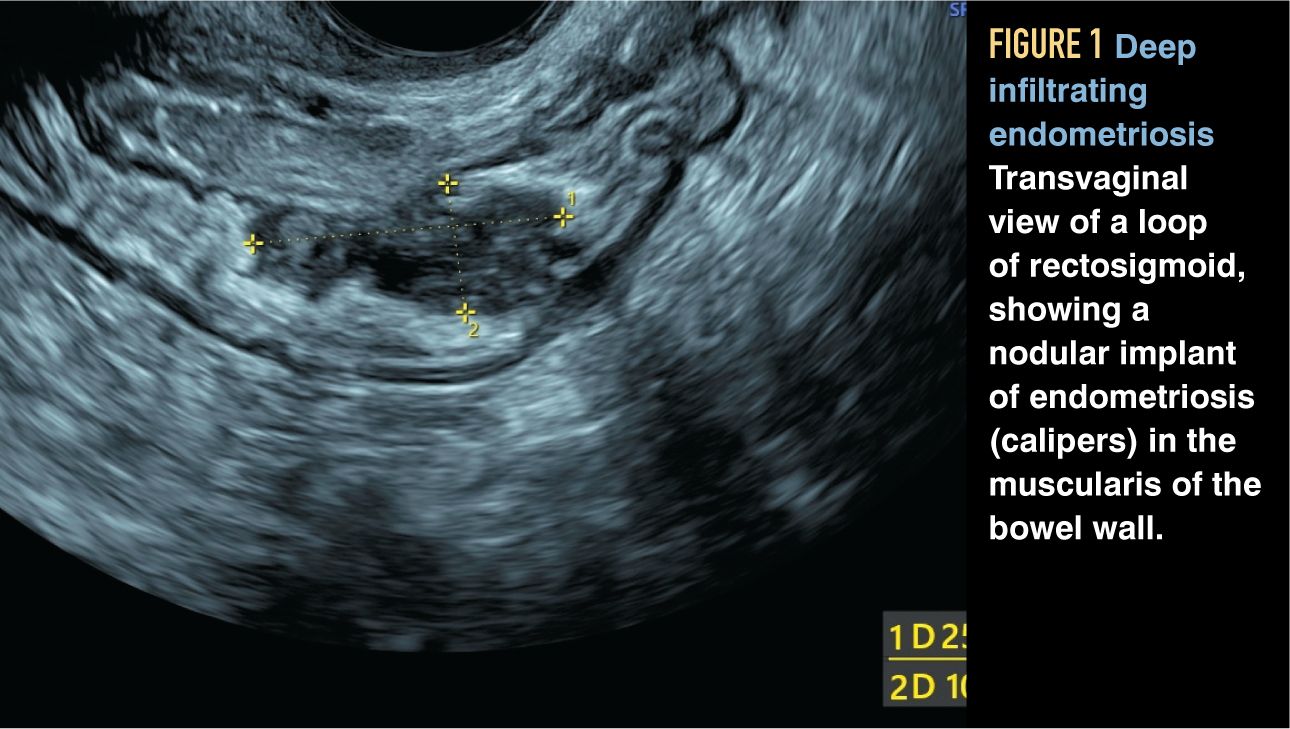
Figure 2
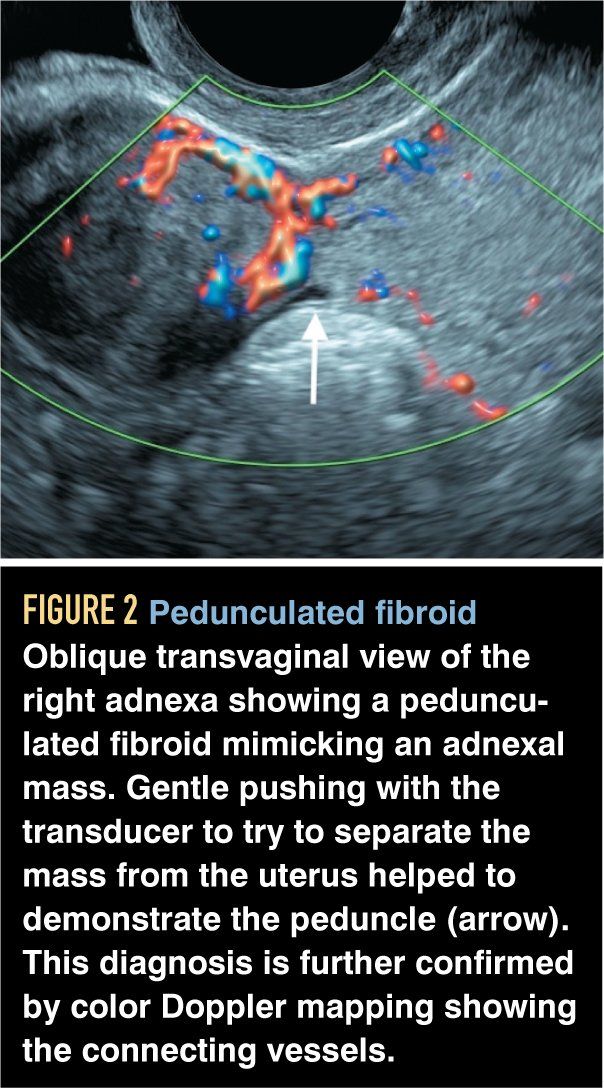
Figure 3
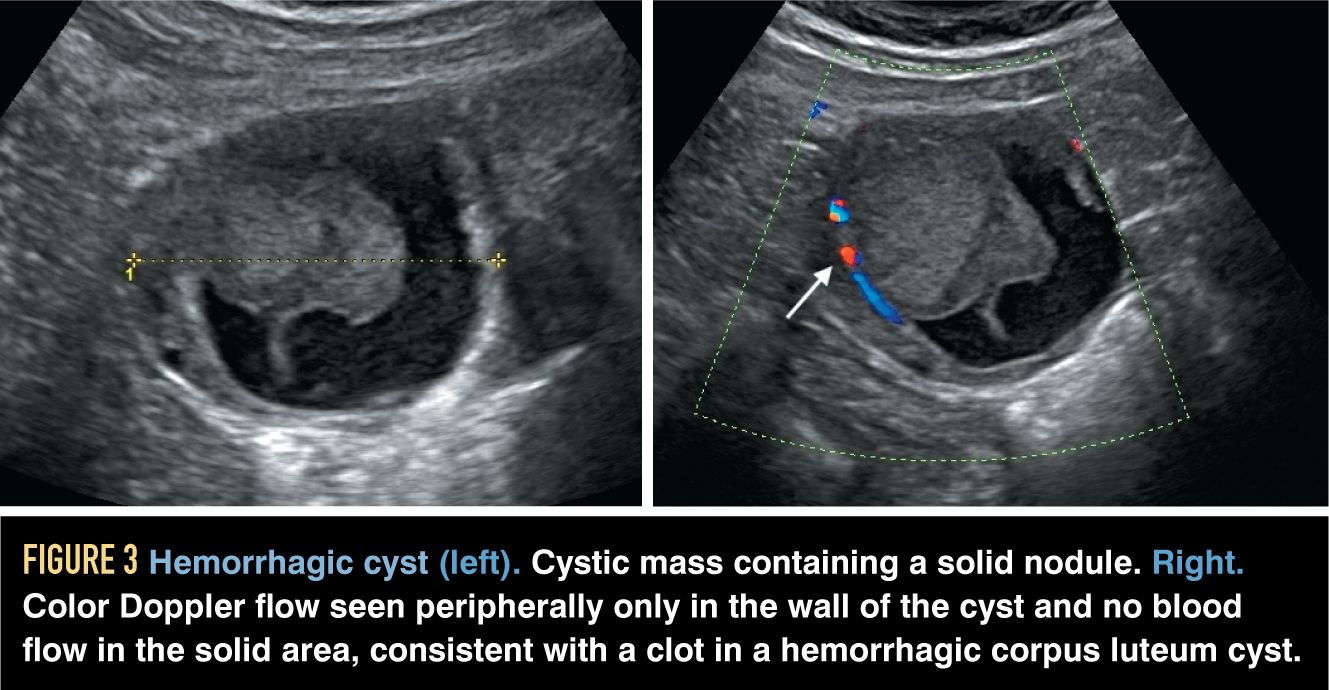
Figure 4
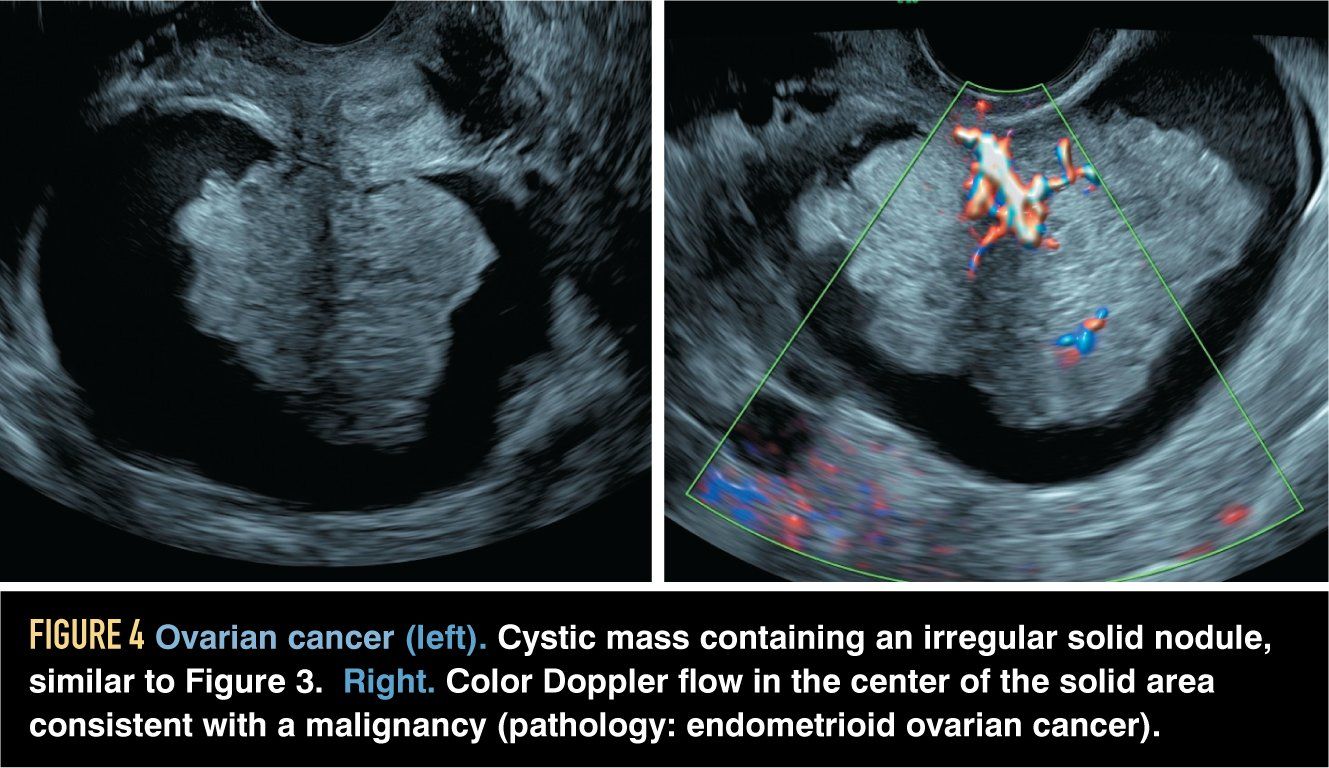
Figure 5
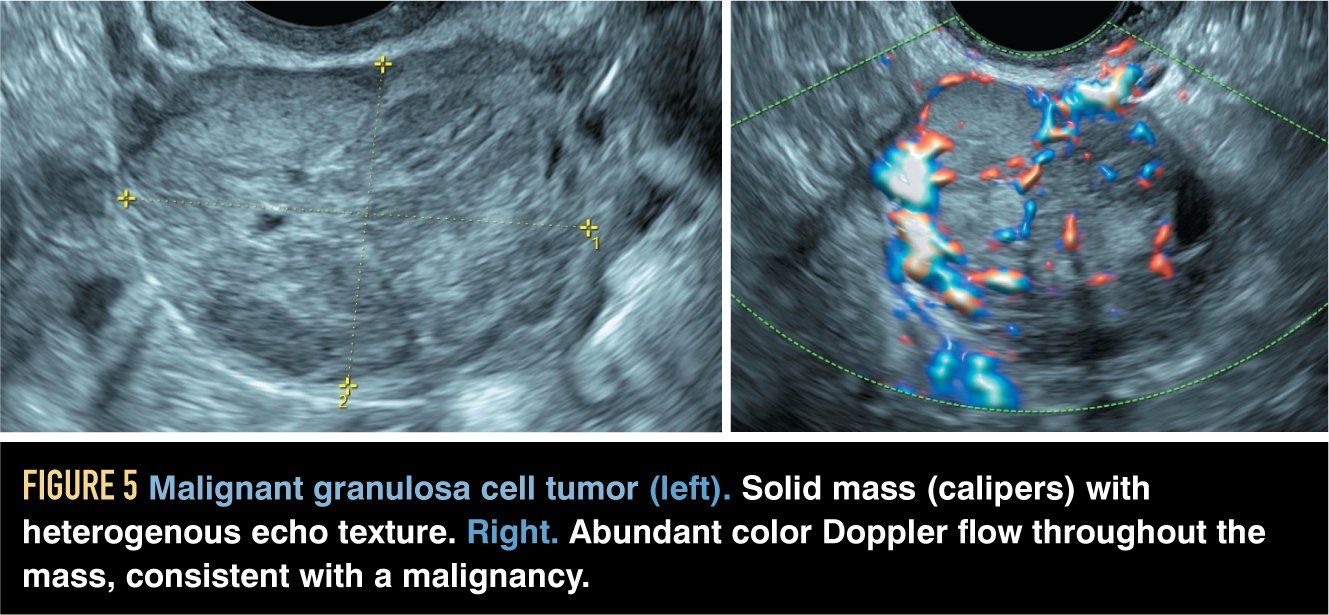
Figure 6
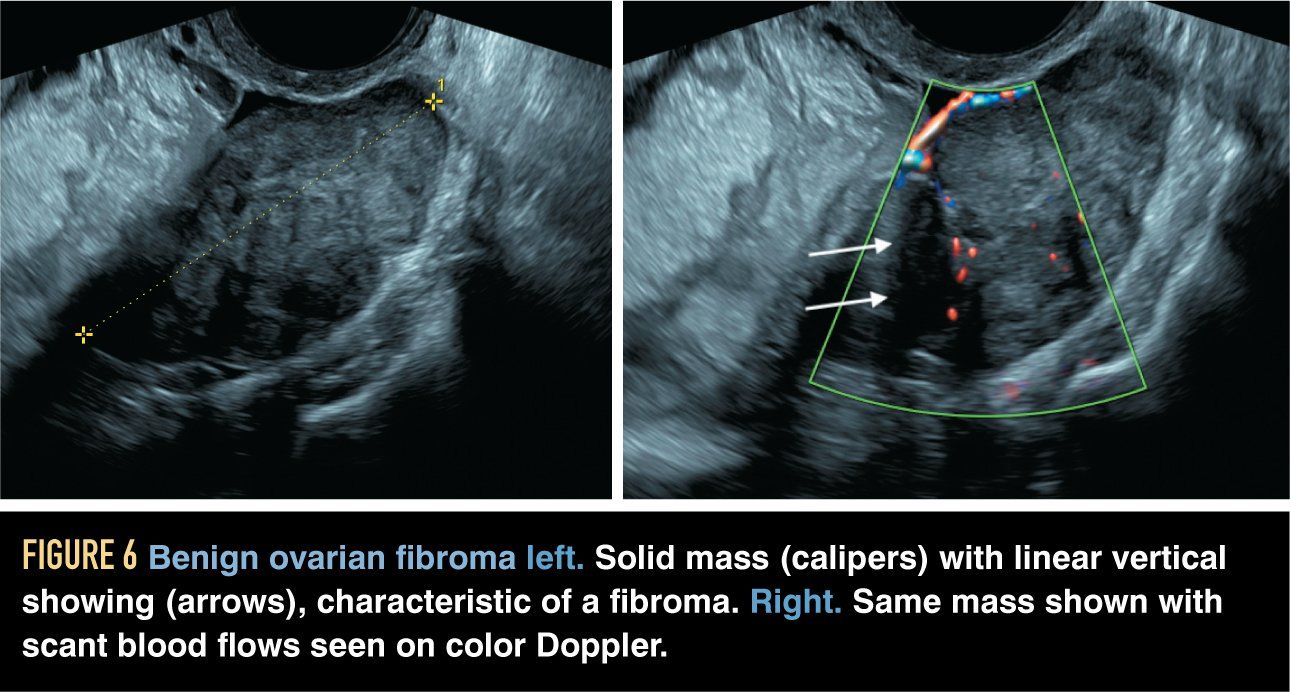
Figure 7
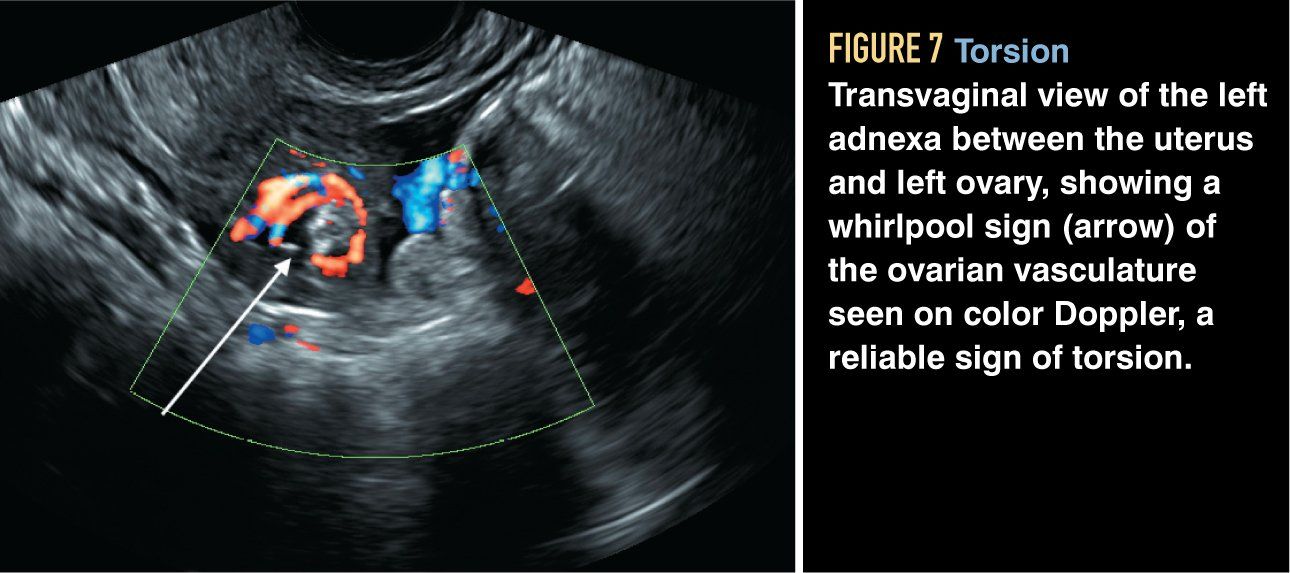
Figure 8

Figure 9
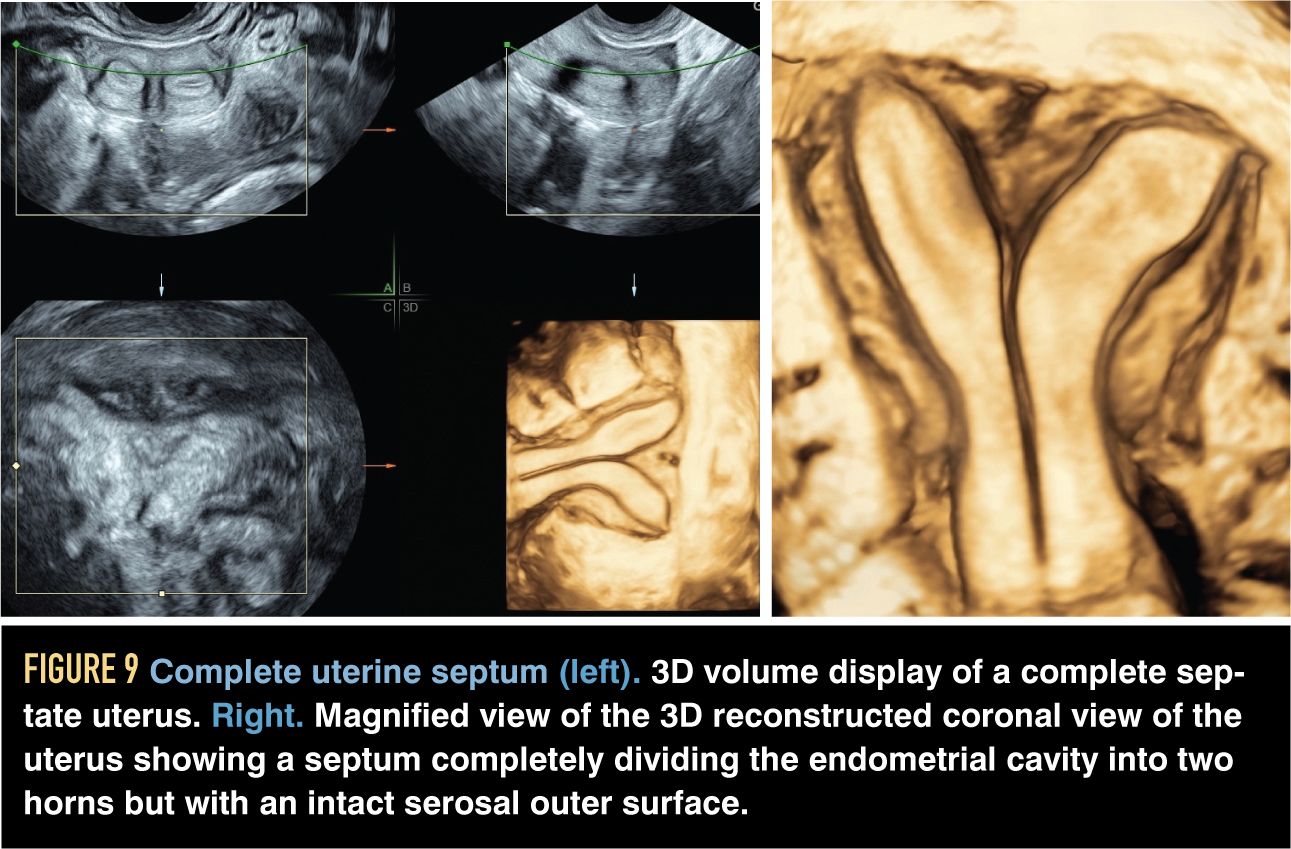
Figure 10
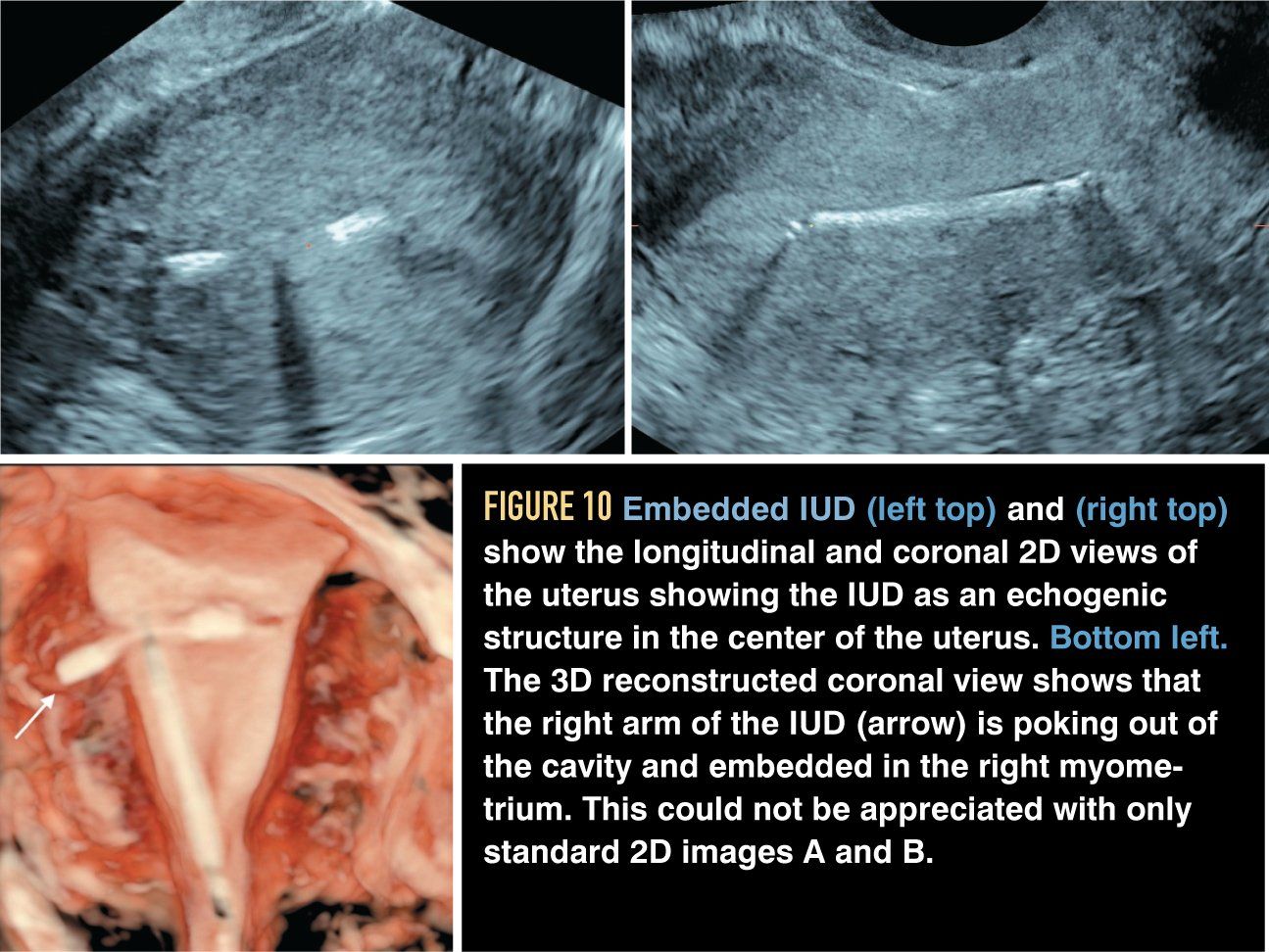
Figure 11
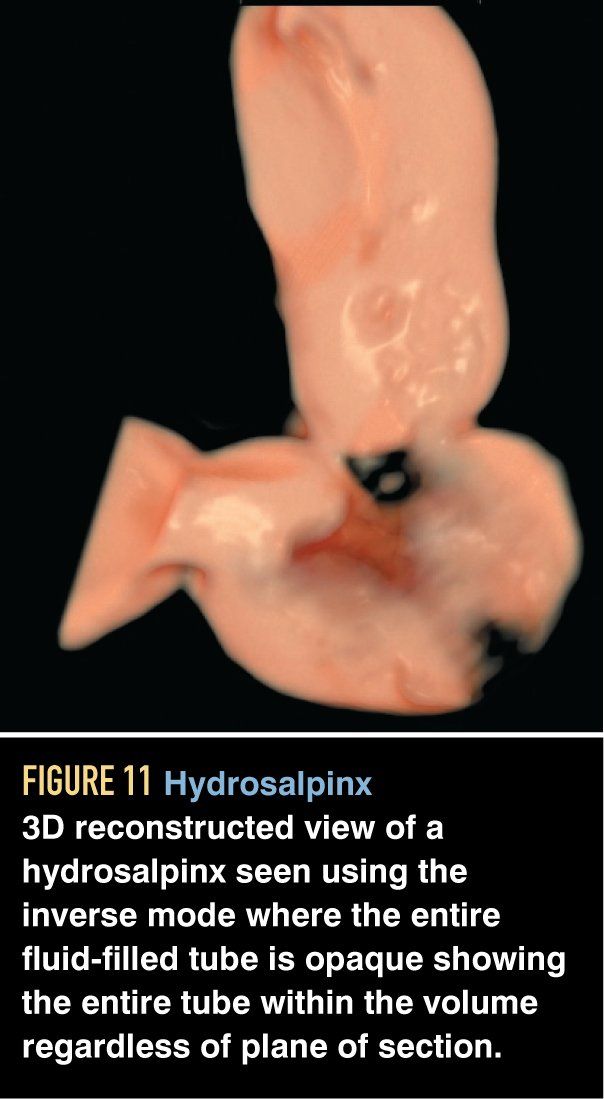
Figure 12
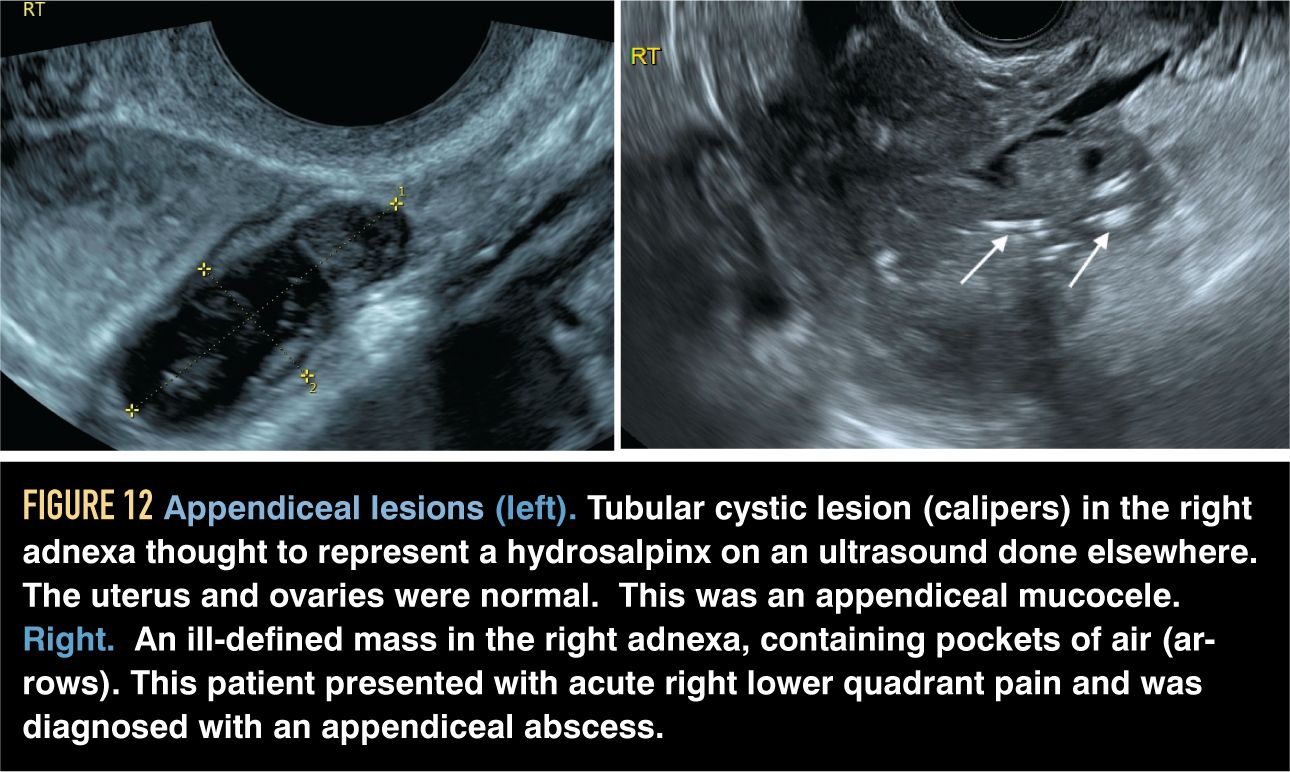
Figure 13
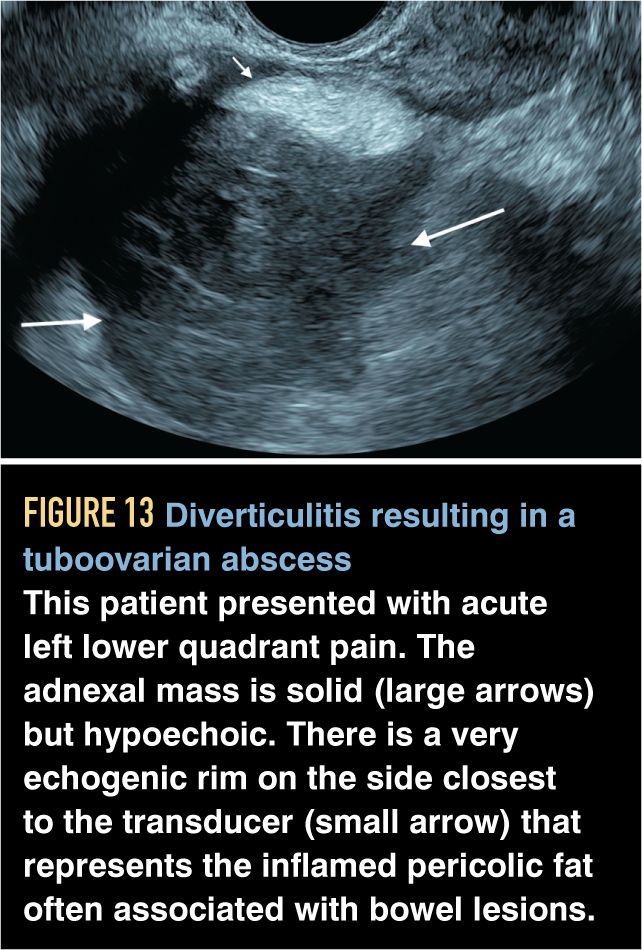
Figure 14
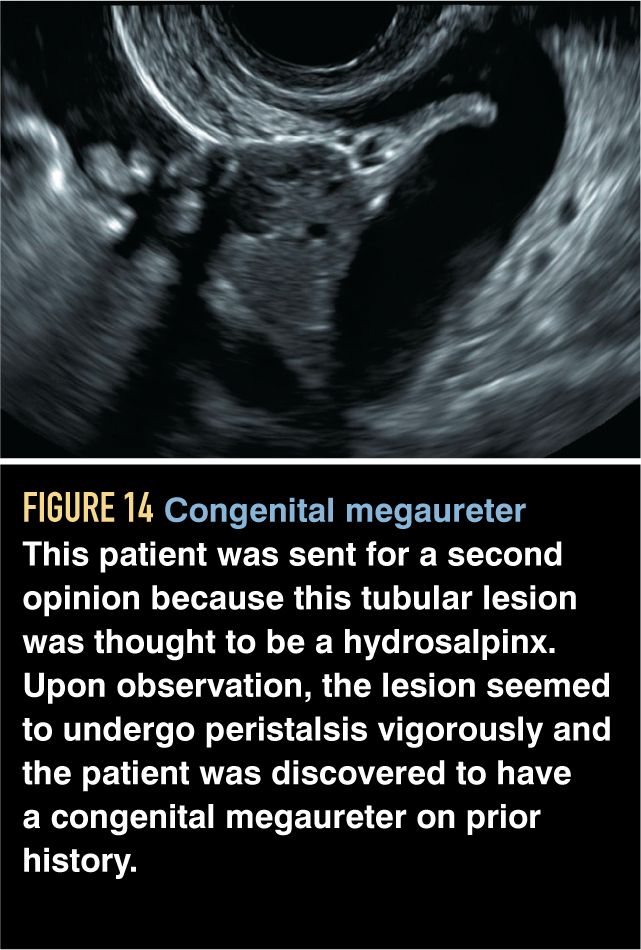
Figure 15
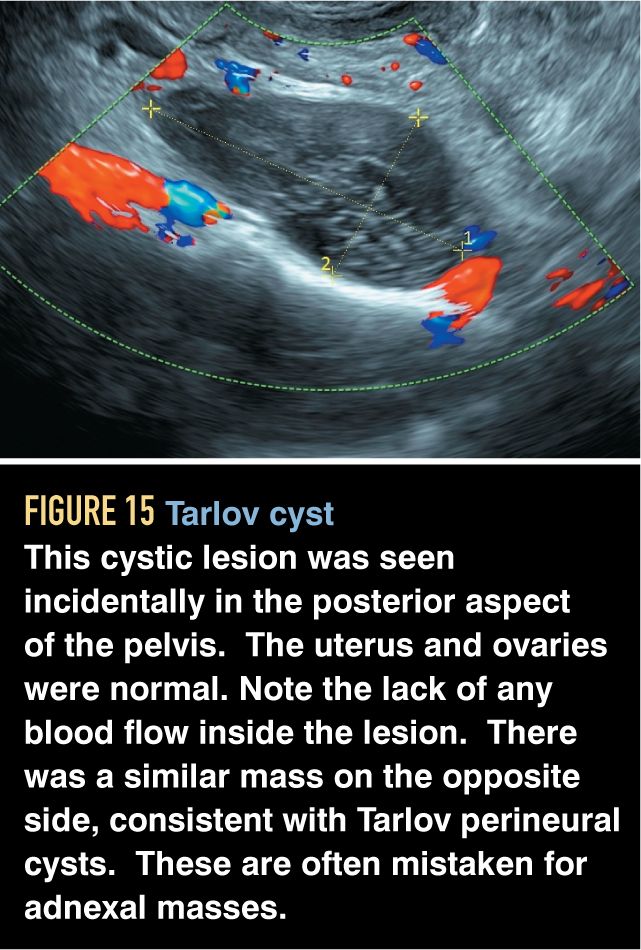
Why are so many diagnoses missed by gynecological ultrasound? Why is there such a disparity in quality of pelvic ultrasound throughout the country? As opposed to other cross-sectional imaging modalities, ultrasound offers the possibility of integrating the imaging into the broader clinical evaluation of the patient. Only by combining the imaging, interview, and physical exam can we accomplish a complete evaluation of the patient’s problem. Appropriately deployed, the ultrasound examination performed in the context of the clinical picture can provide a more complete and comprehensive approach to managing the patient. The combination of imaging, history, and physical examination that comes from direct interaction can minimize the probability of missing clinically important findings.
Unfortunately, usual practice patterns in the United States can fail to take advantage of these opportunities.1-4 Gynecological ultrasound often involves a remote encounter with images read out of context by someone who did not speak to or examine the patient and possesses scant case-specific clinical information. In addition, despite attempts to standardize gynecologic ultrasound, the images obtained depend highly on the person who actually performed the scan.1 This consideration renders gynecological ultrasound much more operator-dependent than computed tomographic or magnetic resonance imaging studies.
Have you read: How to optimize imaging in the obese gravida
Beyond the ability to combine history and physical exam with imaging, many exciting new (and old) features of the ultrasound apparatus discussed here should be implemented on each and every scan but are frequently omitted or forgotten. This article will show, step by step, how to perform a comprehensive ultrasound examination that focuses on the patient’s clinical problem, to optimize the ability to arrive at the best diagnosis. Interpreting images in isolation from the patient, as is done in many centers, can limit the ability to make the correct diagnosis.
Imaging: Step 1
Talk to the patient
Ask the patient to describe her symptoms.
Little if any relevant information is typically provided on ultrasound orders. Many patients imaged because of pelvic pain can provide so much more information when interviewed. How long ago did the pain start? Is it intermittent, cyclical, sharp, dull, crampy, what brings it on or makes it better? Is the patient on hormones? What is her menopausal status, obstetrical history, past surgery and medical histories, etc? If the issue is abnormal bleeding, the same sort of questions apply, in addition to timing and duration of bleeding, possibility of pregnancy, and associated cramping.
Imaging: Step 2
Perform the exam in real time
Do not miss the opportunity to combine imaging and physical exam
Armed with the information from interviewing and listening to the patient, the practitioner can perform imaging with a focus on the patient’s clinical problem. The ability to do a real-time examination both by palpation and imaging is one of the most important innovations in modern pelvic ultrasound. The transvaginal scan is the mainstay of the ultrasound examination and always includes photographing the components predicated by American Institute of Ultrasound in Medicine (AIUM) guidelines.5
Most of the exam should then be tailored to the patient’s symptoms, providing a simultaneous physical examination and imaging of the pelvis. Supplemental views obtained transabdominally may also reveal “high-riding” pedunculated fibroids or masses.6 If the patient presents with pain, sliding the pelvic organs past each other with gentle palpation is essential to diagnose adhesions in the cul de sac or endometriosis restricting mobility of the organs.7 Tenderness-guided ultrasound is a very effective way to localize implants of endometriosis, deep infiltrating endometriosis, and adhesions as the cause of the patient’s pain.8 The small nodules in the muscularis of the rectosigmoid and rectovaginal septum are easily missed without these maneuvers and yet often are the source of long-term pelvic pain (Figure 1).9,10 Ovarian endometriomas represent only a small portion of the endometriosis that causes intense pain and the small implants typically remain undetected with standard imaging.
In case you missed it: Endometrial polyps: In-office management
Slight pushing on the organs (sometimes also with the free hand) can aid in deciding the etiology of a mass. A patient presented to our lab for an adnexal mass detected on ultrasound done elsewhere. By gently attempting to move the mass past the uterus or the ovary, we were able to show that the diagnosis was pedunculated fibroid tethered to the uterus and not an ovarian mass. Furthermore, once we have ascertained that the mass is uterine in origin, further effort to locate the ovary on that side is often fruitful. (Figure 2). Other examples where moving organs is key is in the detection of an ectopic pregnancy or tubal lesion separate from the ovary.
Imaging: Step 3
Leverage color in imaging
Combine vascular and morphologic imaging
Ultrasound offers a unique ability to combine grey scale and vascular imaging. This combination provides information about the morphology as well as the vascularity of a mass.11,12 Many cystic adnexal masses are described as “complex masses” during standard ultrasounds. Unfortunately, the word “complex” does not provide any specific information regarding the etiology of the mass since a cancer and a hemorrhagic corpus luteum can both be labeled complex masses. Color Doppler imaging can map out the vascularity of the mass and demonstrate either circumferential ring-of-fire type flow of the corpus luteum or abundant internal vascularity as in an invasive tumor (Figures 3-5).13 Clot in a hemorrhagic cyst is avascular as is a dermoid and an endometrioma (other than the rim). A solid mass, such as a malignancy, may have abundant blood flow or there may be a paucity of flow with linear shadowing, as in ovarian fibromas (Figure 6). Color flow mapping must be applied to any cyst or mass to prevent lost opportunities for a precise diagnosis.11 Color flow Doppler is also essential when considering the diagnosis of ovarian torsion. When evaluating the tubo-ovarian region, the “torsed” pedicle appears as a whirlpool of color between the ovary and the uterus (Figure 7).14
Imaging: Step 4
Use 3D volume imaging
Evaluate the uterus and adnexa in a reconstructed coronal view
The best view of the uterus for evaluating the shape of the uterine cavity, the serosal surface as well as both cornu and cervix simultaneously is coronal orientation of the uterus, obtainable only upon reconstructing an image from an ultrasound volume. (Figure 8).15 Both computed tomography (CT) and magnetic resonance imaging (MRI) are examples of volume imaging techniques that can produce hundreds of images in multiple orientations from one volume acquisition; however, now that ultrasound has similar capabilities, there is less need for these more costly and potentially risky tests. For so long, ultrasound was relegated to imaging in 2D only, taking one photograph at a time and without the capability of displaying any reconstructed planes. This situation has changed completely and most high-end ultrasound machines now offer 3D ultrasound capability. This advance has transformed our ability to diagnose Müllerian duct anomalies, and to localize intrauterine devices (IUDs), fibroids, and polyps accurately (Figures 9 and 10).15-22 Several studies have shown that routine use of 3D in gynecologic images provides additional information to the 2D imaging in 25% to 30% of all patients undergoing pelvic sonography, especially those presenting with infertility and any endometrial or myometrial abnormality on 2D.18,19 Studies have also demonstrated that the accuracy of 3D ultrasound diagnosis of Mullerian duct anomalies exceeds 98% and is more specific compared to MRI.20,21 With the advent of IUDs for hormonal treatment, patients present frequently with pain or bleeding from displaced IUD.22 This situation is easily detected on the reconstructed coronal view of the uterus, but is often not seen accurately on 2D imaging.
Have you seen: Ultrasound images: Fetal anomalies in multi-fetal gestations
Furthermore, patients can have multiseptated cystic adnexal masses that are confusing to diagnose accurately because only a few planes of section are available in standard 2D ultrasound. Hydrosalpinges are almost never confined to one plane, hence they are frequently mistaken for ovarian multilocular cystic masses (Figure 11).23 The 3D inverse view can demonstrate all the cystic portions of the volume as a cast and effectively show the tubular configuration of a hydrosalpinx using multiple imaging planes.
Imaging: Step 5
Broaden the view
Consider non-gyn diagnoses in the pelvis
When performing a pelvic ultrasound, the AIUM guidelines focus on acquiring the standard views of the uterus, cervix, adnexa, and ovaries and it is easy to overlook the other non-gynecologic structures that also localize in the pelvis, such as the appendix, the sigmoid colon and the ureters (Figures 12 to 14). It is not uncommon to be asked to provide a second opinion on the tubular fluid collection thought to be a hydrosalpinx, and to discover it is an inflamed appendix or a mega-ureter. Patients with acute pelvic pain may have diverticulitis or appendiceal abscess. The hallmark of an inflammatory process involving bowel is presence of air inside the mass and hyperechoic pericolic fat surrounding the mass (Figure 13). Asymptomatic masses in the posterior aspect of the pelvis may represent Tarlov cysts, which are perineural cysts originating from the neural foramina in the sacrum that cause a mass appearance in the lateral aspects of the pelvis (Figure 15). They are often bilateral and mistaken for adnexal masses.24
Conclusion
Returning to the question: Why are so many diagnoses missed by gynecological ultrasound and why the extreme variation in quality of pelvic ultrasound throughout the country? The essential part of doing a pelvic ultrasound is to combine it with the physical examination and tailor the imaging to the patient’s problem. Combining the physical exam, a thorough history, and imaging, including the mapping of blood flow and multiple planes of section, provides an unprecedented powerful opportunity to make an accurate diagnosis. No other noninvasive diagnostic imaging technique provides such a valuable chance to combine these techniques and even use the vaginal transducer itself as a probe to assess the location of pain and adhesions within the pelvis. Pelvic sonography, when performed without the assistance of these essential adjuncts, yields imaging and interpretation of images that someone else took, and in isolation from the clinical setting, falls short of providing the best possible care to our patients.
References:
- Benacerraf BR, Minton K, Benson CB, et al. Proceedings: Beyond Ultrasound First Forum on Improving the Quality of Ultrasound Imaging in Obstetrics and Gynecology. Simultaneous publication: AJOG 2018;218:19-28, J Ultrasound Med. 2018;37:7-18.
- Green J, Kahan M, Wong S. Obstetric and gynecologic resident ultrasound education project: is the current level of gynecologic ultrasound training in canada meeting the needs of residents and faculty? J Ultrasound Med. 2015;34:1583-1589.
- Lee W, Hodges AN, Williams S, Vettraino IM, McNie B. Fetal ultrasound training for obstetrics and gynecology residents. Obstet Gynecol. 2004;103:333-338.
- Abuhamad, AZ, Benacerraf BR, Woletz P, Burke BL. The accreditation of ultrasound practices: impact on compliance with minimum performance guidelines. J Ultrasound Med. 2004;23:1023-1029.
- American Institute of Ultrasound in Medicine. Standards and Guidelines for the Accreditation of Ultrasound Practices [official statement]. Available at: http://www.aium.org/officialStatements/26. Approved October 31, 2015.
- Benacerraf BR, Shipp TD, Bromley B. Is a full bladder still necessary for pelvic sonography? J Ultrasound Med. 2000;19:237-241.
- Reid S, Lu C, Casikar I, et al. Prediction of pouch of Douglas obliteration in women with suspected endometriosis using a new real-time dynamic transvaginal ultrasound technique: the sliding sign. Ultrasound Obstet Gynecol. 2013;41:685-691.
- Guerriero S, Ajossa S, Gerada M, Virgilio B, Angioni S, Melis GB. Diagnostic value of transvaginal ‘tenderness-guided’ ultrasonography for the prediction of location of deep endometriosis. Hum Reprod. 2008;23:2452-2457.
- Guerriero S, Condous G, Van den Bosch T, et al. Systematic approach to evaluate the pelvis in women with suspected endometriosis including terms, definitions and measurements to describe the sonographic features of deep infiltrating endometriosis: a consensus opinion from the International Deep Endometriosis Analysis (IDEA) group. Ultrasound Obstet Gynecol. 2016;48:318-332.
- Benacerraf BR, Groszmann Y, Hornstein MD, Bromley B. Deep infiltrating endometriosis of the bowel wall: The comet sign. J Ultrasound Med. 2015;34:537-542.
- Timmerman D, Van Calster B, Testa A, et al. Predicting the risk of malignancy in adnexal masses based on the Simple Rules from the International Ovarian Tumor Analysis group. Am J Obstet Gynecol. 2016;214:424-437.
- Benacerraf BR. Ultrasonic diagnosis of ovarian masses: can the playing field be leveled and raised at the same time? Am J Obstet Gynecol. 2016;214:419-421.
- Guerriero S1, Ajossa S, Melis GB. Luteal dynamics during the human menstrual cycle: new insight from imaging. Ultrasound Obstet Gynecol. 2005;25:425-427.
- Vijayaraghavan SB. Sonographic whirlpool sign in ovarian torsion. J Ultrasound Med. 2004;23:1643-1649.
- Sakhel K, Benson CB, Platt LD, Goldstein S, Benacerraf BR. Begin with the basics - the role of 3D ultrasound as a first line imaging technique in the cost-effective evaluation of gynecologic pelvic disease. J Ultrasound Med. 2013;32:381-388.
- Moini A, Mohammadi S, Hosseini R, Eslami B, Ahmadi F. Accuracy of 3-dimensional sonography for diagnosis and classification of congenital uterine anomalies. J Ultrasound Med. 2013;32:923-927.
- Groszmann Y, Benacerraf BR. Complete evaluation of anatomy and infertility pelvic ultrasound examination. Fertil Steril. 2016;105:1381-1393.
- Andreotti RF, Fleischer AC, Mason LE Jr. Three-dimensional sonography of the endometrium and adjacent myometrium: preliminary observations. J Ultrasound Med. 2006;25:1313-1319.
- Benacerraf BR, Shipp TD, Bromley B. Added value of a 3D reconstructed coronal view of the endometrium during a standard routine 2D pelvic sonogram? Am J Roentgen. 2008;190:626-629.
- Deutch TD, Abuhamad AZ. The role of 3-dimensional ultrasonography and magnetic resonance imaging in the diagnosis of Müllerian duct anomalies: a review of the literature. J Ultrasound Med. 2008;27:413-423.
- Ghi T, Casadio P, Kuleva M, Perrone AM, Savelli L, Giunchi S, et al. Accuracy of three-dimensional ultrasound in diagnosis and classification of congenital uterine anomalies. Fertil Steril. 2009;92:808-813.
- Benacerraf BR, Shipp TD, Bromley B. 3D Ultrasound detection of embedded intrauterine contraceptive devices–a source of pelvic pain and abnormal bleeding. ultrasound. Obstet Gynecol. 2009;34;110-150.
- Timor-Tritsch IE, Monteagudo A, Tsymbal T. Three-dimensional ultrasound inversion rendering technique facilitates the diagnosis of hydrosalpinx. J Clin Ultrasound. 2010;38:372-376.
- H’ng MW1, Wanigasiri UI, Ong CL. Perineural (Tarlov) cysts mimicking adnexal masses: a report of three cases. Ultrasound Obstet Gynecol. 2009;34:230-233.
MRI and ultrasound models may reduce macrosomia risks in primigravid women
May 23rd 2024Utilizing magnetic resonance imaging and ultrasound models to predict fetal weight in primigravid women can significantly reduce macrosomia-related adverse outcomes, with MRI showing superior accuracy.
Read More
Using technology tools for optimal perinatal outcomes
May 6th 2022At the 2022 American College of Obstetricians and Gynecologists Annual Clinical and Scientific Meeting, 3 physicians talked about how apps, AI and remote blood pressure monitoring could improve perinatal outcomes and move the diversity, inclusion, and equity needle for women forward.
Read More
Ultrasound vs. MRI to detect uterine leiomyomas
October 23rd 2020A prospective observational study in the Journal of Ultrasound in Medicine has concluded that for pretreatment evaluation of uterine fibroids (UF), transabdominal contrast-enhanced ultrasound (CEUS) represents a viable alternative to traditional contrast-enhanced magnetic resonance imaging (MRI).
Read More
